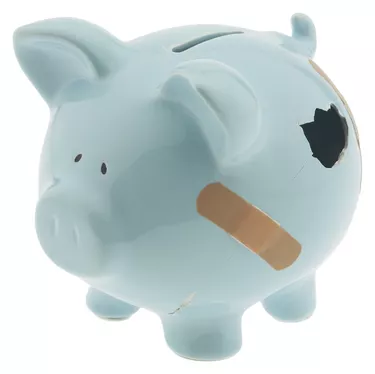
Defaulting on a student loan has negative consequences -- including problems getting federal financial aid in the future. The defaulted loan must either be paid off, or borrowers may qualify for a loan consolidation or rehabilitation program to bring the loan current. Once the loan is no longer in default, students regain eligibility for federal financial aid programs, including federal loans and grants. Although campus-based aid or private scholarships may not be affected by a defaulted loan, it makes good sense to take care of the debt.
Step 1
Go to www.nslds.ed.gov, the national student loan data system, and look up your student loans. You may have multiple loans with different student loan servicers. This central database of all your federal financial aid history will tell you how much you owe in loans, the amounts of your loans, the status of each loan and whom to contact for each.
Video of the Day
Step 2
Call your lender or student loan servicer to confirm the default status and balances with them. Explain your intent to resolve the default, explain your financial situation and ask if you qualify for rehabilitation. To qualify, you must be able to agree to an affordable and agreeable repayment plan; the payments may be less during rehabilitation than they are on other repayment plans.
Step 3
Make your payments on time, every time. After making a few on-time payments, you can consolidate your defaulted student loan and bring the loan current. Or after making nine consecutive on-time payments, your lender may agree to reacquire the defaulted loan and rehabilitate it. This removes the default from your credit history and stops any wage garnishment that may be in place. Loan consolidation is the quickest route to regain federal financial aid eligibility, but if you have the time, rehabilitation can cost less and also help repair your credit.
Tip
Defaulted private student loans do not appear in the national student loan database system. Check your credit report or loan origination paperwork to determine the default details and contact information for these accounts.
Video of the Day
- Texas Guaranteed Student Loan Corporation: Handling Default
- FinAid: Student Loan Rehabilitation
- FinAid: Defaulting on Student Loans
- Federal Student Aid: Don't Ignore Your Student Loan Payments or You'll Risk Going Into Default
- Federal Student Aid: Don't Get Discouraged if You Are in Default on Your Student Loan Debt
- Mydebt.com: Addressing Your Defaulted Student Loan
- Consumer Financial Protection Bureau: Falling Behind on Your Student Loan Payments?